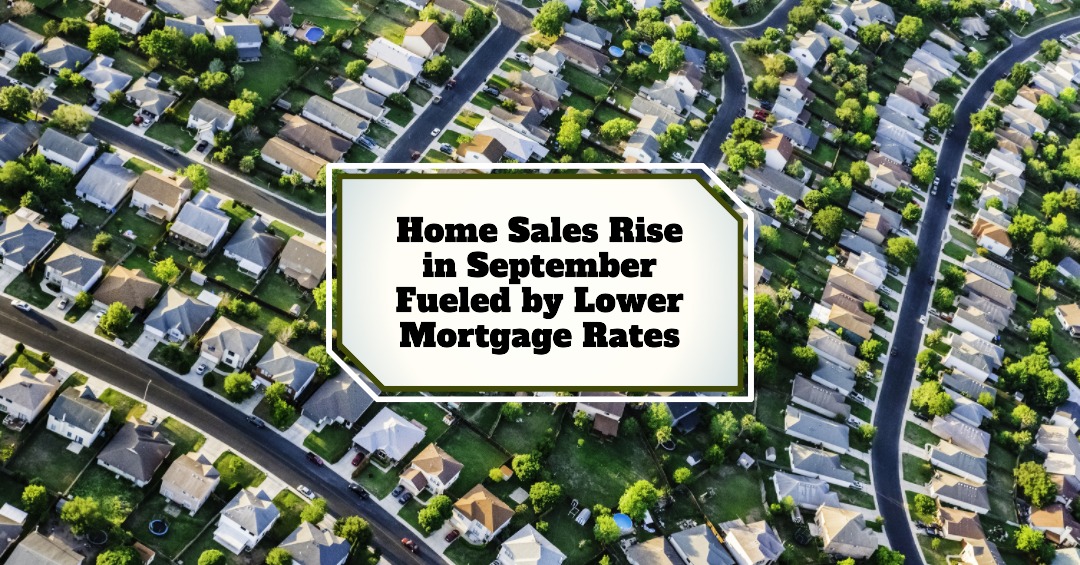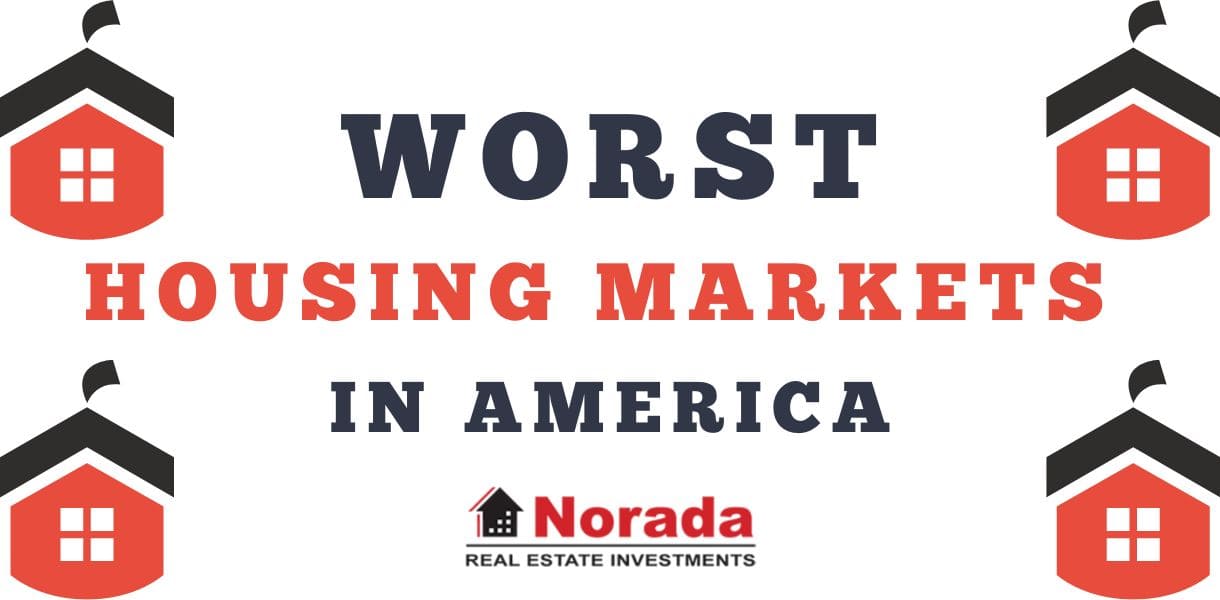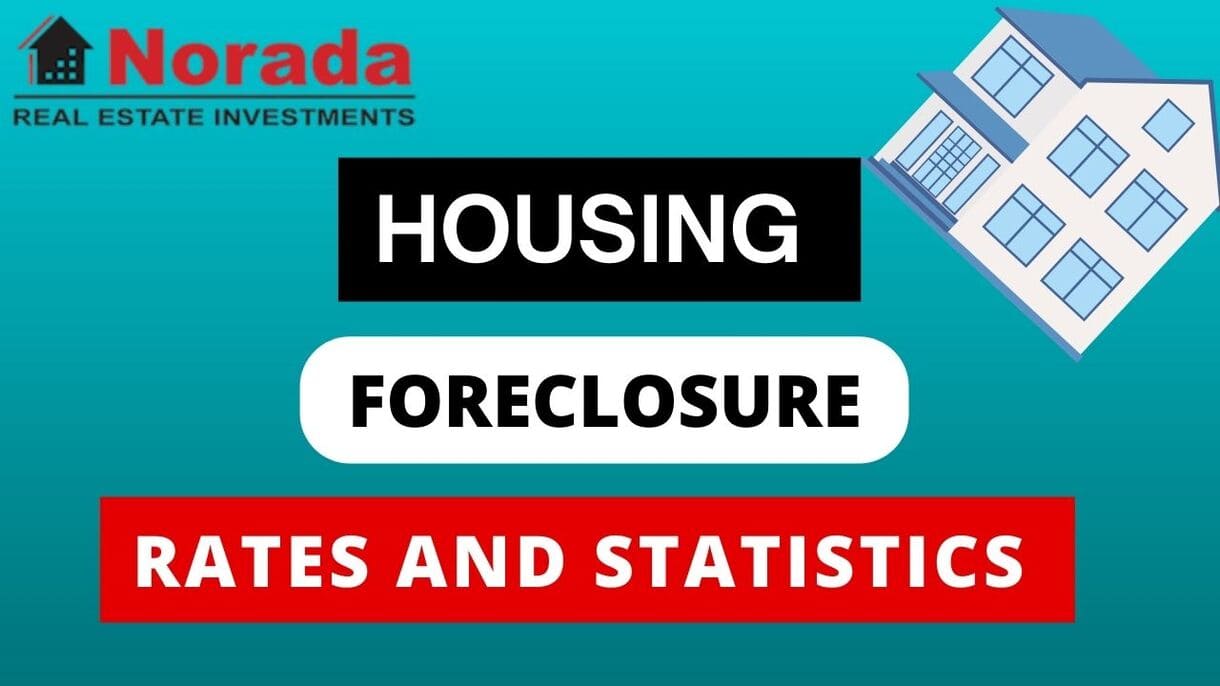It’s been a pretty solid September for the housing market, and I'm feeling optimistic. The latest report from the National Association of REALTORS® (NAR) shows that existing-home sales jumped by 1.5% last month, hitting a seasonally adjusted annual rate of 4.06 million. This is exactly what we’ve been hoping for: as mortgage rates started to dip, more buyers felt comfortable making a move. So, yes, lower mortgage rates are indeed lifting home sales.
Housing Market Update: Home Sales Rise Fueled by Lower Mortgage Rates
This uptick is a welcome sign, especially after a period where affordability has been a major hurdle for many. For those of us who live and breathe real estate, seeing more transactions happen means a healthier market overall. It signals that buyers are back, and sellers are finding their homes moving faster. It's a complex dance, but right now, the music is playing a bit more cheerfully.
What's Driving This Positive Shift?
Honestly, it boils down to a few key factors, and the biggest one is definitely mortgage rates. In September, the average 30-year fixed-rate mortgage dipped to 6.35%, down from 6.59% in August. Even a small decrease like this can make a big difference in monthly payments, making homeownership feel achievable again for a lot of people. It's like finally seeing a clear path after a period of foggy uncertainty.
Dr. Lawrence Yun, NAR's Chief Economist, put it perfectly: “As anticipated, falling mortgage rates are lifting home sales. Improving housing affordability is also contributing to the increase in sales.” I couldn't agree more. When the cost of borrowing money for a home goes down, it directly impacts how much house people can afford. This affordability boost is a crucial piece of the puzzle.
Inventory Levels: A Mixed Bag, But Still Improving
One of the big concerns in recent years has been the lack of homes on the market. While we're not quite back to pre-pandemic levels, the inventory situation saw a slight improvement in September. Total housing inventory rose by 1.3% month-over-month to 1.55 million units. This gives us a supply of 4.6 months of unsold inventory.
This increase, while not massive, is significant. It means buyers have a bit more choice, and competition, while still present, might not be as cutthroat as it was. Dr. Yun also pointed out that inventory is matching a five-year high, which is encouraging. However, he also made a really insightful point: “Many homeowners are financially comfortable, resulting in very few distressed properties and forced sales.” This is important because it means the homes hitting the market are generally well-maintained and not part of a fire sale, which helps keep prices stable.
Home Prices: Still Climbing, But at a Slower Pace
Despite the increase in sales and inventory, home prices are still on the rise. The median existing-home price for all housing types reached $415,200 in September. This marks the 27th consecutive month of year-over-year price increases.
It's important to note that while prices are up, the rate of increase is more moderate than we've seen in some of the hotter periods. Personally, I see this as a good thing. When prices climb too quickly, it can price out a whole generation of buyers. A more steady, sustainable increase is healthier for the long-term market.
Breakdown by Housing Type and Region:
Let's dive a bit deeper into what's happening:
Single-Family Homes:
- Sales of single-family homes increased by 1.7% month-over-month to an annual rate of 3.69 million.
- Year-over-year, single-family home sales are up 4.5%.
- The median price for single-family homes climbed to $420,700, a 2.3% increase from the previous year.
Condominiums and Co-ops:
- For condos and co-ops, the sales picture was a bit different. There was no change month-over-month or year-over-year, with sales holding steady at 370,000 units annually.
- The median price for these properties saw a slight dip of 0.6% year-over-year, landing at $360,300. This could be due to a variety of factors, including buyer preferences or specific market conditions in cities where these types of homes are more prevalent.
Regional Trends:
The housing market is never a one-size-fits-all story, and the regional data for September really highlights this:
| Region | Month-over-Month Sales Change | Year-over-Year Sales Change | Median Price (September) | Year-over-Year Price Change |
|---|---|---|---|---|
| Northeast | +2.1% | +4.3% | $500,300 | +4.1% |
| Midwest | -2.1% | +2.2% | $320,800 | +4.7% |
| South | +1.6% | +6.9% | $364,500 | +1.2% |
| West | +5.5% | 0% | $619,100 | +0.4% |
- The West saw a significant 5.5% surge in sales month-over-month, indicating strong demand in that region, even though year-over-year sales were flat. The median price here is the highest at $619,100.
- The South showed consistent growth with a 1.6% increase in sales month-over-month and a healthy 6.9% jump year-over-year.
- The Northeast also experienced positive growth, with a 2.1% rise in sales month-over-month and a 4.3% increase year-over-year, along with the second-highest median price at $500,300.
- The Midwest was the only region to see a slight decrease in sales month-over-month (-2.1%), but still managed to achieve a 2.2% year-over-year increase. Interestingly, it has the lowest median price at $320,800, making it potentially a more affordable option for many buyers.
Who's Buying and How Are They Doing It?
Some interesting insights come from the REALTORS® Confidence Index for September:
- Homes are taking a little longer to sell: The median time on market was 33 days, up from 31 days last month and 28 days a year ago. This isn't necessarily a bad thing; it could mean buyers are taking their time to find the right home and aren't feeling pressured by frantic bidding wars.
- First-time homebuyers are making a comeback: 30% of sales were to first-time homebuyers, which is up from 28% in July and 26% in September 2024. This is fantastic news for the future of homeownership.
- Cash is still king for some: 30% of transactions were cash sales, showing that some buyers have the financial flexibility to bypass mortgages entirely.
- Investors are stepping back a bit: 15% of transactions were by individual investors or second-home buyers, down from 21% last month. This suggests that perhaps individual buyers, with less investment capital, are re-entering the market now that rates have softened.
- Distressed sales remain very low: Only 2% of sales were distressed properties (foreclosures and short sales), which is a testament to the generally healthy financial state of homeowners and the market.
As a real estate professional, I see these numbers as a sign of a maturing market. We're moving away from the extreme frenzy and into a more balanced environment where both buyers and sellers can find success. The decrease in mortgage rates has unlocked a lot of pent-up demand, and it’s particularly encouraging to see more first-time buyers getting a foot in the door.
My Takeaway: A Path Towards Stability
The September housing market update paints a picture of progress. The return of slightly lower mortgage rates has clearly energized the market, leading to increased sales. While prices are still climbing, the pace seems more sustainable, and the growing inventory, though still needing more volume, offers buyers more choices.
For anyone looking to buy or sell, this is a crucial time to pay attention. The market is dynamic, and understanding these trends can give you a real advantage. I believe we're on a path towards greater stability, which is good for everyone involved. It’s about finding that sweet spot where affordability meets opportunity.
Capitalize on Rising Home Sales and Lower Mortgage Rates
As mortgage rates ease and home sales climb, now is an ideal time for smart investors to lock in strong real estate deals. Lower borrowing costs mean better cash flow and long-term returns.
Work with Norada Real Estate to identify turnkey rental properties in high-demand markets—so you can build wealth through stable, income-producing investments that thrive even as the market shifts.
NEW TURNKEY OPPORTUNITIES JUST LISTED!
Speak with a seasoned Norada investment counselor today (No Obligation):
(800) 611-3060
Want to Know More About the Housing Market Trends?
Explore these related articles for even more insights:
- Housing Market Trends: Nearly 1 in 3 Buyers Still Opt for All-Cash Deals in 2025
- Will the Housing Market Shift to a Buyer’s Market in 2026?
- Housing Market 2025: Booming vs. Shrinking Inventory Across America
- Housing Market Gains Supply But Buyers Hit Pause in 2025
- Mid-Atlantic Housing Market Heats Up as Mortgage Rates Go Down
- NAR Chief's Bold Predictions for the 2025 Housing Market
- Housing Market Update 2025: NAR Report Indicates Sluggish Trends
- 7 Buyer-Friendly Housing Markets in 2025 With Abundant Homes for Sale
- The $1 Trillion Club: America's Richest Housing Markets Revealed
- 4 States Dominate as the Riskiest Housing Markets in 2025
- Housing Market Predictions 2025 by Norada Real Estate
- Housing Market Predictions 2026: Will it Crash or Boom?
- Housing Market Predictions for the Next 4 Years: 2025 to 2029
- Real Estate Forecast: Will Home Prices Bottom Out in 2025?
- Real Estate Forecast Next 5 Years: Top 5 Predictions for Future
- Will Real Estate Rebound in 2025: Top Predictions by Experts





